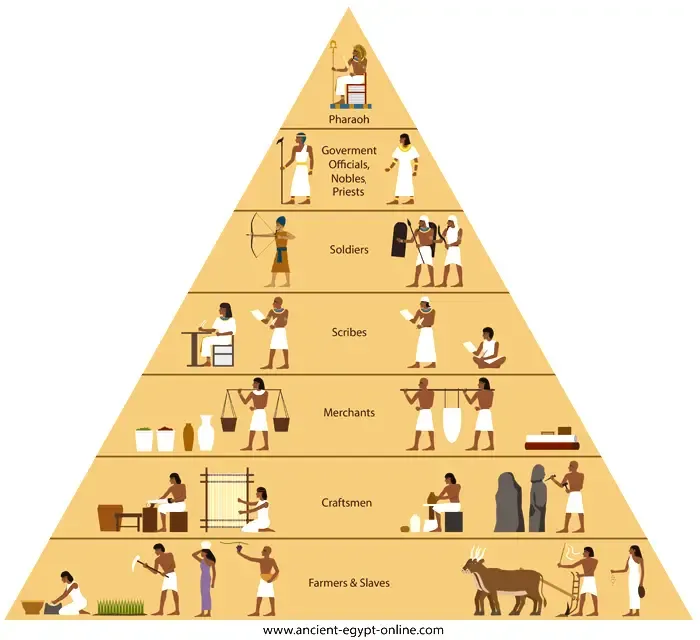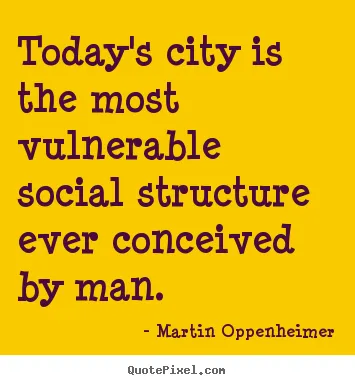Defining The Four Concepts of Social Structure

Image Source
Social structure is one of the most focal concepts in sociology. However there is wide contradiction about what it implies. This contradiction is important on the grounds that distinctions in the way sociologists conceptualize social structure prompt altogether different ways to deal with sociology.
Since there is such a great amount of debate about what social structure implies or ought to mean, I will essentially show without contention four unique conceptions of social structure that are noticeable in the field. In spite of the fact that the option conceptions I will look at are not really thorough, they do speak to what are presumably the most generally held perspectives. Looking at them, along these lines, ought to fundamentally propel our reasoning on this imperative however subtle concept.
To the extent the perspectives that will be considered are concerned, social structure alludes to one of the accompanying:
- Patterns of aggregate behavior that are stable over time
- Lawlike regularities that govern the behavior of social facts
Patterns of aggregate behavior that are stable over time
Two of the most unmistakable scholars to characterize social structure as steady examples of total behavior are George C. Homans and Randall Collins. Structure appears to allude first to those parts of social behavior that the examiner considers generally persevering or tenacious. Thus, Collins characterizes social structure as small scale reiteration in the physical world.
From a microviewpoint, what is the social structure? In microtranslation, it alludes to individuals' rehashed behavior specifically puts, utilizing specific physical questions, and conveying by utilizing a large number of the same typical expressions over and again with certain other individuals.
A microtranslation technique uncovers the observational substances of social structures as examples of dull smaller scale association. Collins goes ahead to state that entirely, there is no such thing as an express, an economy, a culture, a social class. There are just accumulations of distinct individuals acting specifically sorts of microsituations, accumulations which are described in this way by a sort of shorthand.
As per Collins, The state exists by excellence of there being courts where judges over and over sit, home office from which police leave to ride in a similar squad autos, military enclosure where troops are more than once housed and get together corridors where congresses of legislators more than once accumulate.
Homans and Collins both promoter a reductionist way to deal with sociology, one that endeavors to clarify marvels from the base up. Homans, obviously, is outstanding for his backing of methodological independence. Collins does not go very that far, but rather he too trusts that the progression and in addition the latency in any causal clarification of social structure must be microsituational.
Specifically, Collins trusts that all social marvels, even the most large scale, are developed by a perpetually growing complex of conversational experiences, which he calls cooperation custom chains. Like Homans, Collins distrusts in the target presence of aggregate substances:
Social examples, foundations, and associations are just reflections from the behavior of people and rundowns of the conveyance of various microbehaviors in time and space. These reflections and rundowns don't do anything; on the off chance that they appear to demonstrate a ceaseless reality it is on account of the people that make them up rehash their microbehaviors ordinarily, and if the structures transform it is on the grounds that the people who establish them change their smaller scale behaviors .

Image Source
Structure is considered as a type of behavior, steady or rehashed behavior. When structure is characterized behaviorally, it turns out to be generally simple to develop the full scale level from the small scale level. Microstructure comprises of a couple people rehashing their behavior and macrostructure comprises of many people rehashing their behavior. It additionally bodes well why in the perspective of Homans and Collins the logical dynamic in social clarification must be at the small scale level.
Collins is positively right that if social structure is only a deliberation, social structure can't be a lot of an autonomous variable; reflections don't display causal strengths. Thusly, macrosocial structure is to a great extent epiphenomenal. So far as that is concerned, microsttucture is additionally epiphenomenal for a similar reason. Since it is only a deliberation with no free impacts, it is uncertain that structure is an extremely helpful concept at all on this view.
Lawlike regularities that govern the behavior of social facts
The possibility of social structure as lawlike regularities among social truths is customarily connected with Durkheim and all the more as of late with the school that has come to be called Structural Sociology. As per this view, social actualities or gathering properties are identified with each other by an example of lawlike regularities, which together constitute social structure. It takes after that the employment of the humanist is to reveal those regularities through exact perception and in this manner portray social structure.
This conception of social structure prompts a way to deal with the train that is quantitative, positivist and sociologically holist. The approach has a tendency to be quantitative on the grounds that the regularities administering the behavior of social realities are by and large interpreted to be relationships of what Durkheim called accompanying varieties. This implies quantitative varieties in one social actuality are identified with quantitative varieties in other social certainties.
The approach has a tendency to be positivist in its suspicion that the regularities are essentially out there to be found without the guide of hypothesis and in its solid partiality with the positivist covering law model of clarification. As indicated by the covering law display, logical clarification comprises of subsumption under a law. For instance, if there were a law determining that if occasion A happens, at that point occasion B must happen, at that point occasion B could be clarified as a sensible conclusion from this law and the earlier event of occasion A. Obviously, for the covering law model to work, wonders really should be represented by such deterministic laws or at least by to some degree looser laws that at any rate indicate invariant probabilities that the B occasion will happen.
At last, this conception of social structure prompts a sociologically holist approach since it treats the behavior of social actualities as an area of marvels that is totally independent of the mental level. To see this, assume there were a factual law indicating that if amass estimate increments by a specific sum, at that point there will be a 40 percent likelihood that gathering division of work will increment by a specific sum.
In the event that such a law really existed and if a gathering's size expanded by the predetermined sum, at that point we could coherently derive that there is a 40 percent likelihood that the gathering's division of work will increment by the predefined sum without knowing anything that is going ahead at the level of the individual on-screen character. In the event that such a law existed, it would simply have no effect to the science of sociology what was occurring with the individual individuals from the gathering.
Since this conception of social structure unbendingly divorces sociology from psychology, it speaks to social structure as something completely without the impact of human office. On this sociological holist see, social structure works mechanically and naturalistically over the heads of individual performing artists.

Image Source
Four Concepts of Social Structure
By: Douglas V. Porpora